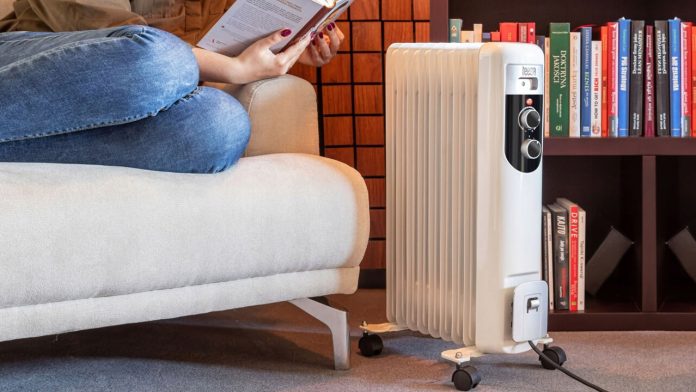Best TVs for Gaming in 2025: TVs for PS5, Xbox Series...
Whether you're playing fast-paced FPS titles, exploring massive open worlds, or enjoying split-screen co-op with friends, having one of the best gaming TVs can...
When we talk about an electric heating, we are actually talking about a large family of very different radiators. Indeed, there are many types that do not have the same performance and do not target the same needs. So, which radiator to use?
Here’s what you need to know to make the right choice and save money.
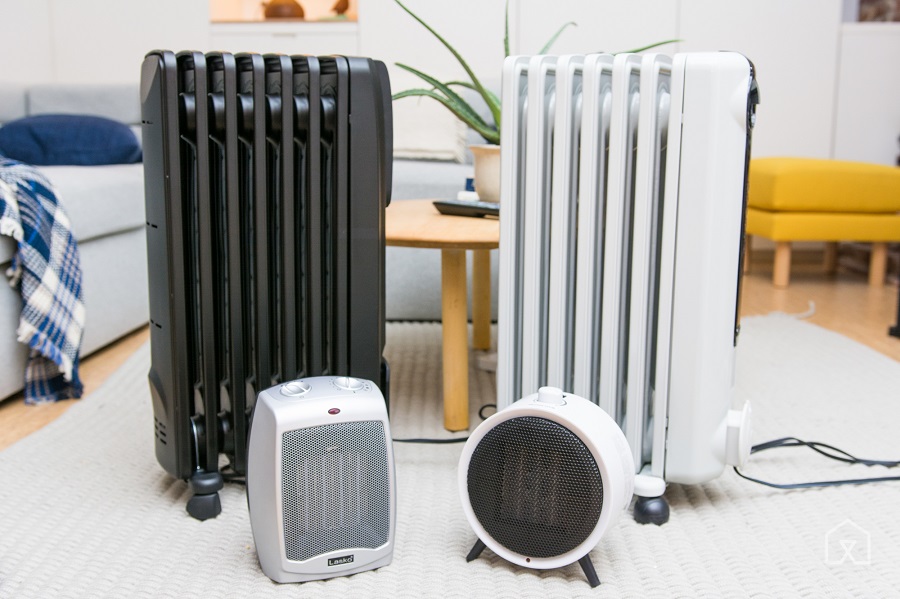
Electric radiators do not necessarily have a good reputation. They are generally regarded as energy-intensive with a limited field of action. Which is no longer necessarily true as they have progressed in recent years under the pressure of ecological considerations and consumers who are more vigilant about their energy expenses.
The convector is a little apart in the world of electric heaters. Its principle is simple: it heats the air that enters from the bottom of the appliance with the help of an electric resistance and the heat thus generated is discharged through a grille at the front, which heats the room.
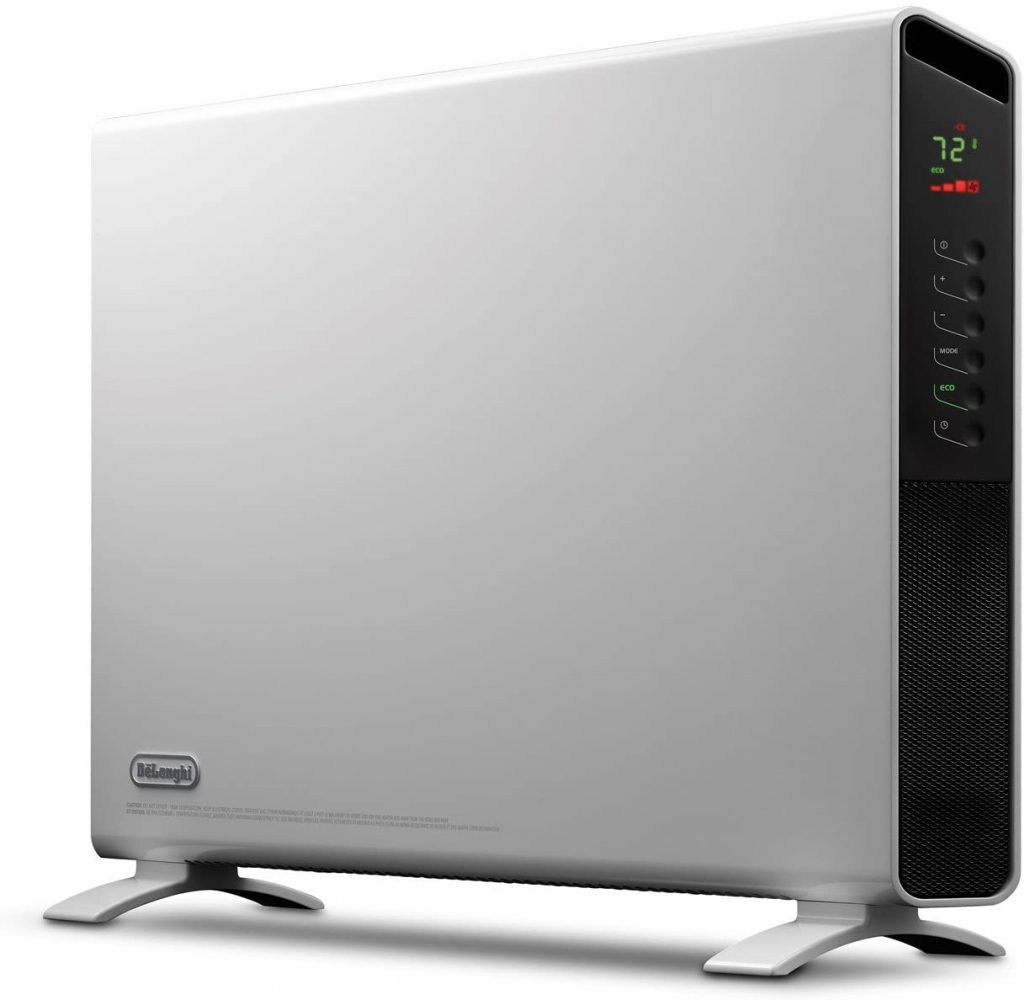
This model is based on the principle of radiation. A radiant panel located inside the radiator is heated by electrical resistances and thus emits heat that it releases progressively. This type of device diffuses thermal comfort and is designed to heat a room over time. A living room, for example, can be equipped with it.
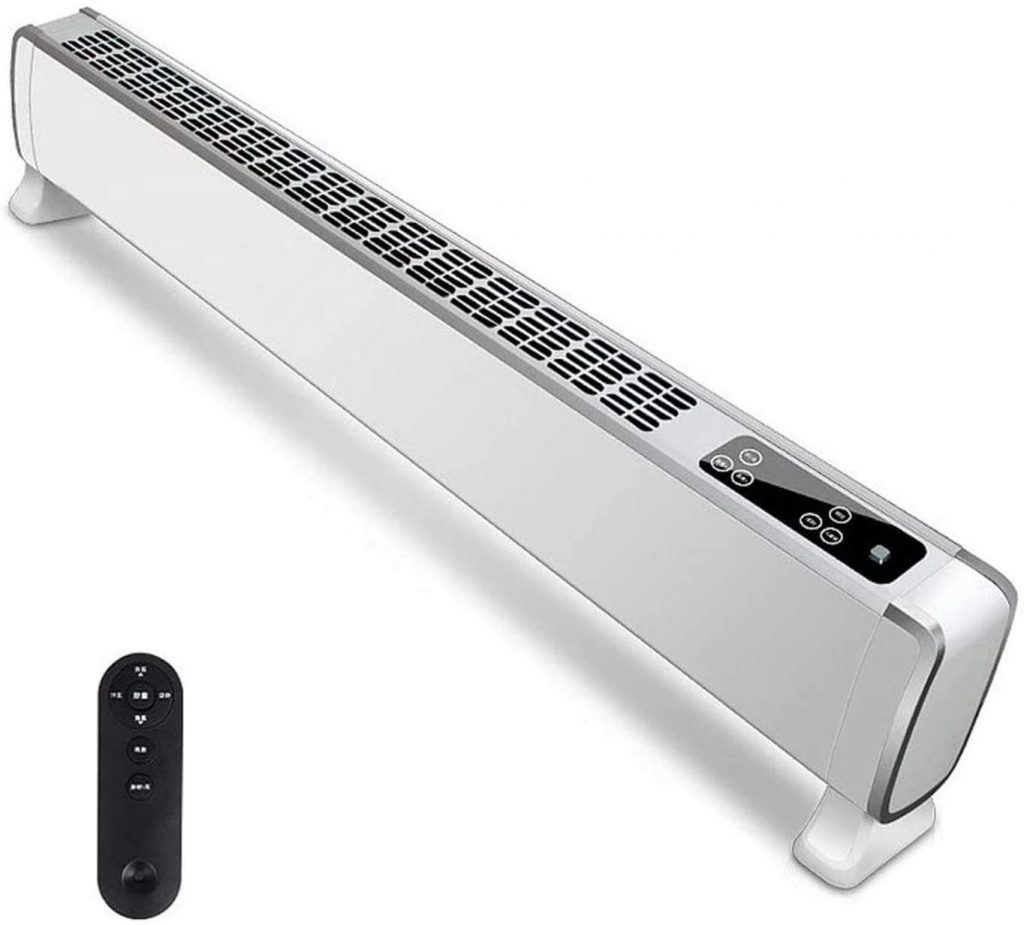
The storage heater can be considered as the ancestor of modern inertia radiators. This type of apparatus is based on the principle of storing heat inside very dense refractory bricks, in order to restore it later on.
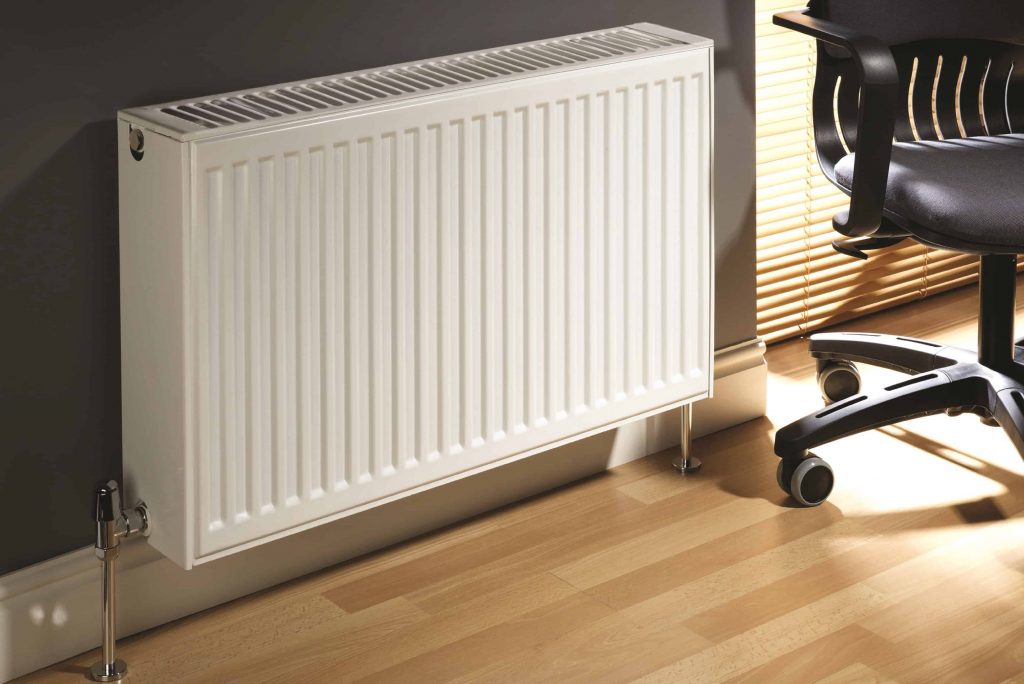
The idea here is to store calories during off-peak hours and thus benefit from cheaper electricity.
The oil-bath radiator is a favorite of lovers of gentle warmth, and it is an electric auxiliary model. It is usually equipped with wheels that allow it to be transported from one room to another and it is connected to the power mains.
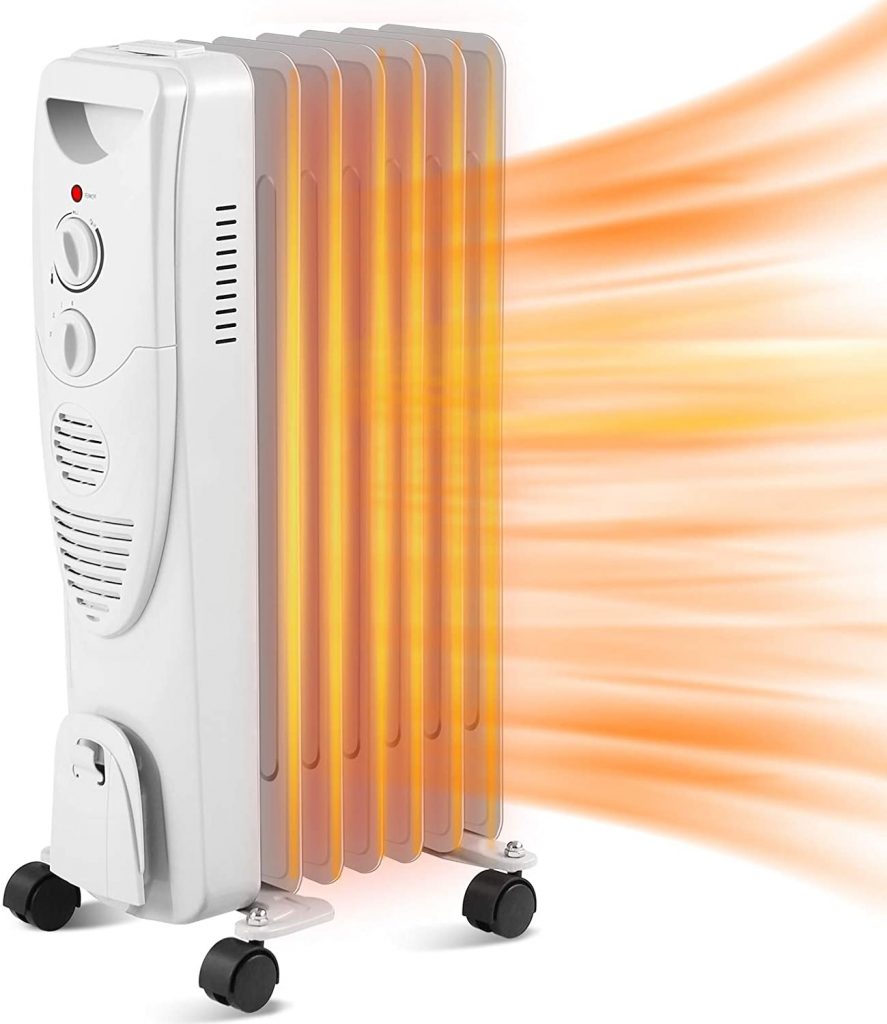
It is filled with a heat-transfer fluid which, gradually heated by resistors, allows the body of the radiator to radiate heat.
It’s not really designed to heat a room on its own, but rather to be used as a reinforcement when it’s cold, or the room in question needs to be really modest in size.
The blowing radiator is not intended to heat a room permanently. It is an auxiliary model that works on the same principle as the fan, except that it blows hot air.
The air in the room is captured by the unit, which heats it with an electrical resistance and then blows it out the front.
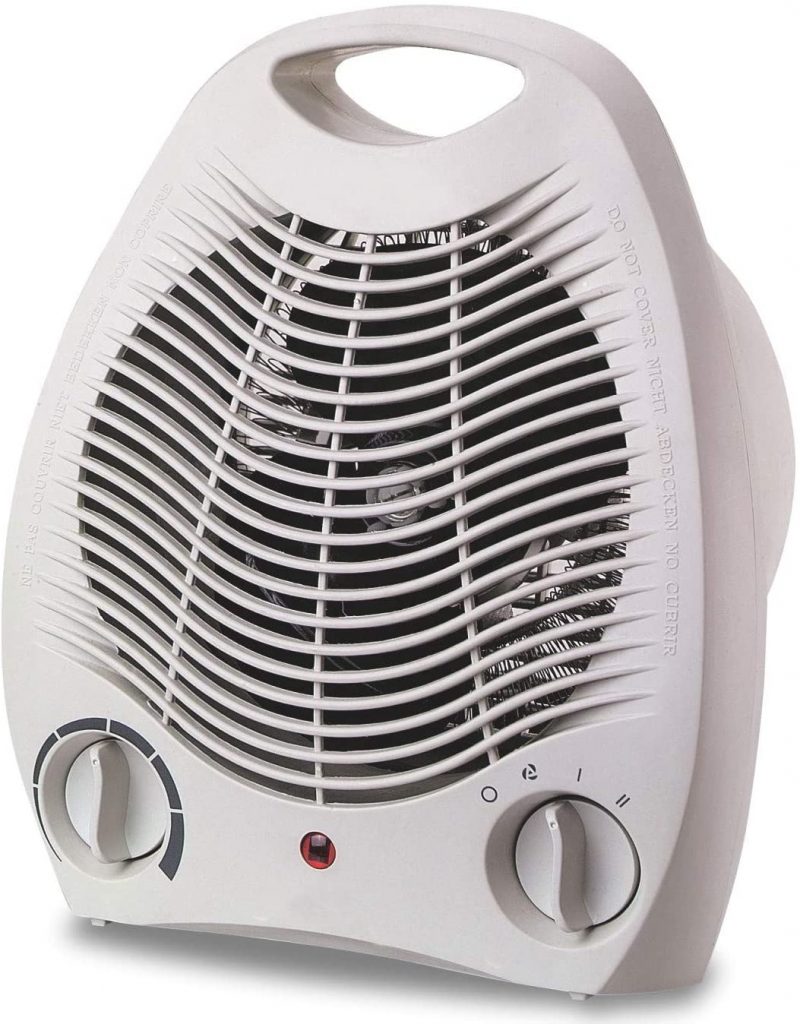
While it is becoming increasingly popular in bathrooms, the electric towel warmer is proving to be no more and no less than a variant of other types of electric radiators.
There are fluid inertia models, which embody a heat transfer fluid like the oil bath radiator, but there are also dry inertia models, such as the radiant heater.
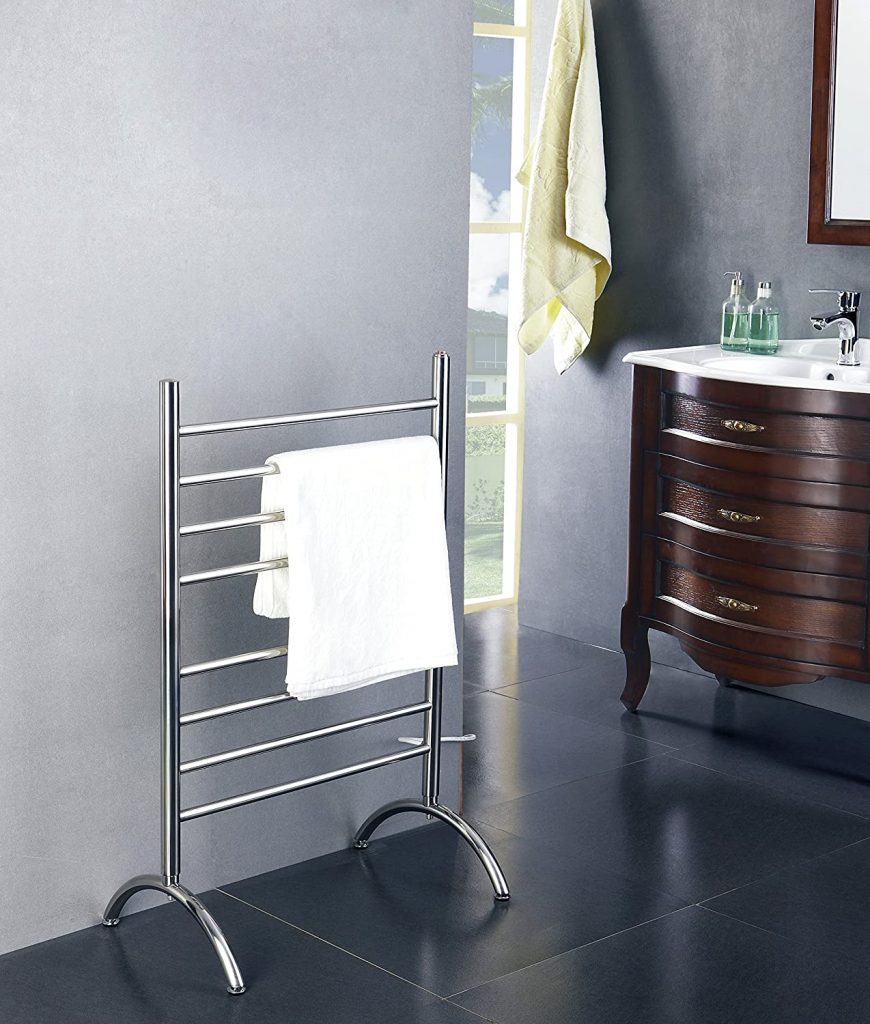
This type of heater is wall-mounted and has a design that allows towels to be dried after use, and to enjoy a warm towel when getting out of the bath or shower.
Note that this heater can advantageously replace another heater in the bathroom, which is usually a small room and therefore fairly easy to heat.
Of course, electric radiators are not necessarily the most economical solution for heating.
But it is still possible to optimize their consumption and save energy by choosing models with adjustable intensity that continue to heat the room even after being turned off.
It is also essential to choose the right model for the right room. Avoid the electric convector in the living room and use the blowing radiator sparingly. By finding the right balance, you will be warm in winter without spending too much money, especially if your home is well insulated.
If you want to save energy and precise the way you heat your home, the connected heating is what you absolutely must have!
